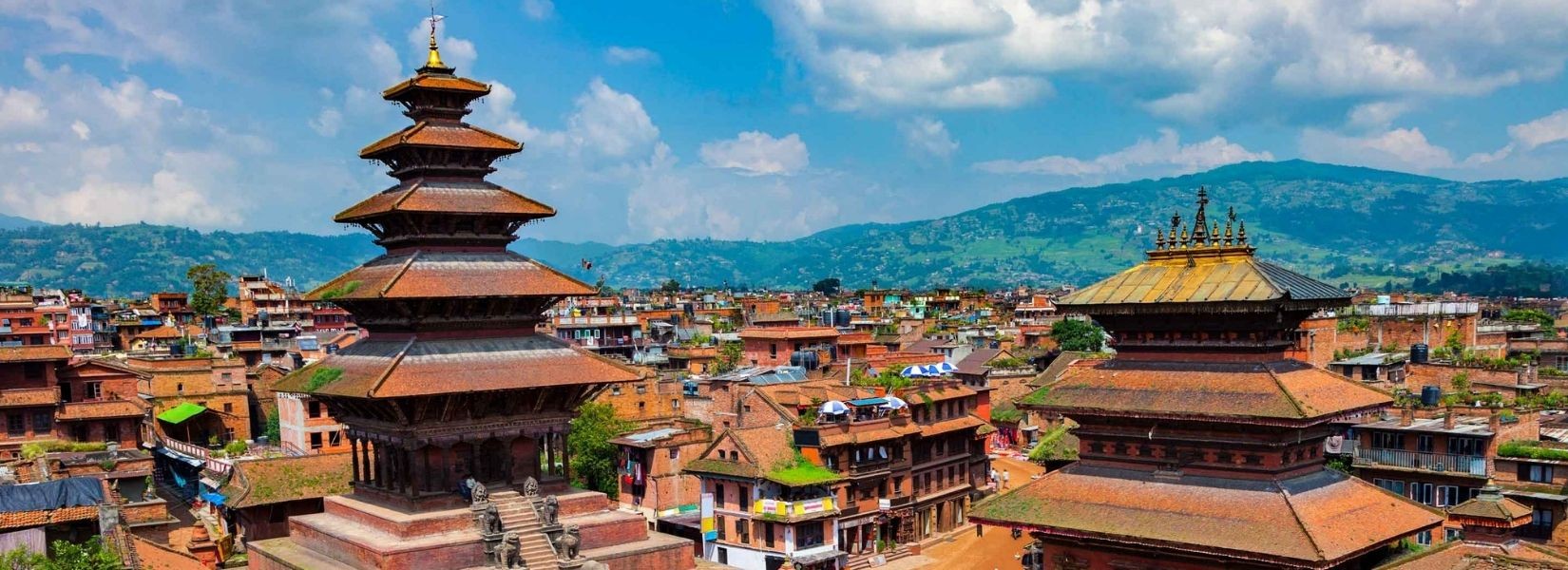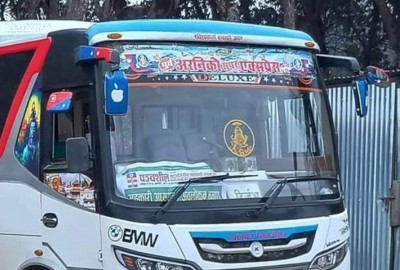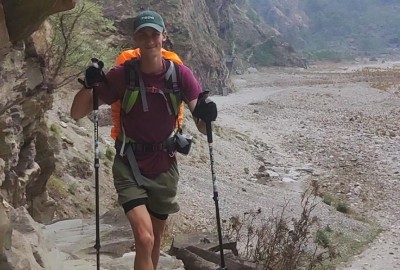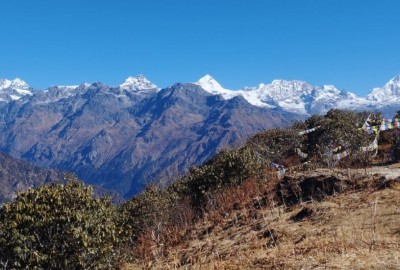Bhaktapur Durbar Square, situated on the Eastern side of Kathmandu valley, Bhadgaon or Khwopa or more popularly known as Bhaktapur is home to a plethora of unique Nepali traditions, cultures, and customs with many exquisite examples of sculptures, pagoda-style temples filled with different Gods and Goddesses, wood carving and pottery.
Table of Contents
Plan your trip to Nepal
Customize your trip with help from a local travel specialist.
Inhabited primarily by the indigenous Newari people, the historical structure not only signifies but is also a living testimony to Nepali culture and tradition during the medieval era. While the durbar square is distinguished into 4 unique squares: Durbar Square, Taumadhi Square, Dattatreya Square and Pottery Square, the whole area is known as Bhaktapur Durbar Square and is one of the most visited places in Nepal.
Consisting of one of the three royal palaces in Kathmandu valley, it saw its prime years during the 15th century. Bhaktapur Durbar Square acquired most of its beautiful monuments during the Malla reign and also garnered respect as a great city in the Kathmandu valley. Previously known in the 15th century as one of the capitals of Nepal, Bhaktapur is now regarded as Nepal's third-largest city and home to age-old cultures, artisan craftwork, and divine temples. It is also listed as one of the UNESCO World Heritage Sites.
Major Attractions in Bhaktapur Durbar Square
While there are lots of good places to drop into during your visit to Bhaktapur Durbar Square, here are a few that are simply too great to miss out on:
Golden Gate
Built-in 1754 A. D. by King Ranajit Malla, the Golden Gate is said to be one of the most beautiful monuments of its kind across the entire globe. Carved into its central door are the figure of the Hindu Goddess Kali, divine monsters, Garuda, and numerous other Hindu mythical creatures and exotic nymphs. It is the entrance to the palace of fifty-five windows and is the main entrance to the palace. This gate is widely known especially for its gold plated metalwork.
Lions Gate
With gargantuan lion statues on both sides of the gate to protect it, the Lions Gate is another well-known attraction at Bhaktapur Durbar Square. It consists of statues of the Goddess Ugrachandi and Lord Shiva at its sides.
55 Window Palace
Built-in 1427 AD by King Yaksha Malla and remodeled during the 17th century by King Bhupatindra Malla, the 55 window palace is one of the oldest monuments of Nepal. While historically it had been a residence for the royal family, it is now a major tourist attraction. With the great architectural design, situated within the brick walls are 55 beautifully carved ornate windows that are considered to be masterpieces of great architectural and artistic importance. The building dominates the durbar square and has currently been turned into a national gallery.
Nyatapola Temple
Built-in 1702 A. D. by King Bhupatindra Malla, the Nyatapola temple is a 5 storied pagoda style temple. In the Newari language, Nyatapola means "five-tiered” a symbolic representation of five basic elements of nature. It is also the biggest, highest and most famous pagoda style temple ever built in Nepal. This temple is dedicated to the Goddess of success and extreme power, Sidhilaxmi. This is a temple has been built with artistic beauty and perfection.
Bhairav Nath Temple
Originally built as a one-storied temple by Jagat Jyoti Malla, in the years that followed, King Bhupatindra Malla added two more stories to it in 1718 A.D. This temple is dedicated to the manifestation of Lord Shiva as Bhairava the God of terror and death.
Mini Pashupati Temple
A local myth tells us of a Bhadgaon King who was a great devotee of Lord Pashupati having a dream where the almighty told him to make a temple for him in front of the Palace, thus giving birth to the temple. Consequently, the mini Pashupati temple has gained the name of a royal dream temple.
Vatsala Temple
Known for its dog barking bell, the Vatsala Temple is dedicated to a mother goddess. It was built by King Jagat Prakash Malla in 1672, while the Taleju Bell was later placed in front of the temple in 1737 by King Jaya Ranjit Malla. Filled by beautifully carved intricate works on sandstone, it is also believed to bring death when the bell is rung. While the temple did not survive the 2015 earthquake, plans to restore it are in the works. While the temple is made of sandstone it gives the appearance of limestone. The temple is in front of the Royal palace and right next to King Bhupatindra Malla's statue. While the temple was destroyed in the earthquake, the bell survived.
Pujari Math
The Pujari Math which is now serving as the Woodcarving Museum was constructed by King Yaksha Malla in the 15th century but was later rebuilt in 1763. As a wedding gift to King Birendra, German experts renovated the building in 1979. The Peacock Window, regarded as the most exquisite of windows in Kathmandu valley is its main feature. While the building was damaged in the 2015 earthquake, nothing happened to the Peacock window. Miniature wooden copies of the peacock window are sold around the shops surrounding it as souvenirs.
While the 2015 earthquake did manage to do tons of damage to Bhaktapur Durbar Square, it has slowly started to garner visitors again. While the buildings and monuments are being supported by poles, the reconstruction has started already. Some of the damaged temples and monuments are Harihar Narayan, Tri Bikram Narayan, Kedarnath, Shankar Narayan, Siddha Laxmi, Batshala Durga, Silu Mahadev along with with a sattal, and a palace near the Bhandarkhal pond. The new process for construction is to use the new materials as well as the old materials from the ruin. While the Durbar Square might have suffered damages from the earthquake, it is still as culturally rich and just as valuable as it was before.
Entry Fee
The entry fee to the durbar square for foreign nationals is the US $15 or NRs.1500, while those from the SAARC nations as well as Chinese nationals need to pay NRs. 500








